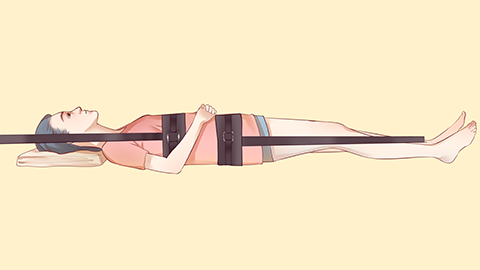Can cervical spondylosis with a tight sensation in the head be treated with traction?
Generally, whether cervical traction can be performed for a tightness in the head caused by cervical spondylosis depends on the specific circumstances. Cervical traction is usually applicable for tightness in the head caused by nerve root-type cervical spondylosis, while it is generally not recommended for myelopathic-type cervical spondylosis or cases accompanied by cervical instability. Detailed explanations are as follows:

When cervical spondylosis is of the nerve root type, causing head tightness due to compression of the nerve roots, and cervical structural stability has been confirmed through examination, cervical traction can be performed. Traction can widen the intervertebral space, relieve pressure on the nerve roots, alleviate neck muscle tension, and thus reduce the sensation of tightness in the head. However, this should be conducted under the guidance of professionals, with proper control of the traction force and duration.
If the cervical spondylosis is of the myelopathic type, or if there is cervical instability or spinal canal stenosis, traction should not be performed when experiencing head tightness. In such cases, traction might aggravate spinal cord compression, worsen symptoms, or even lead to serious problems such as limb numbness and weakness, endangering health.
To alleviate head tightness caused by cervical spondylosis, it is advisable to avoid prolonged periods of head-down postures in daily life, frequently move the neck during work breaks, and choose pillows of appropriate height. Appropriate neck muscle stretching exercises can also help strengthen cervical stability and reduce occurrences of head tightness.




